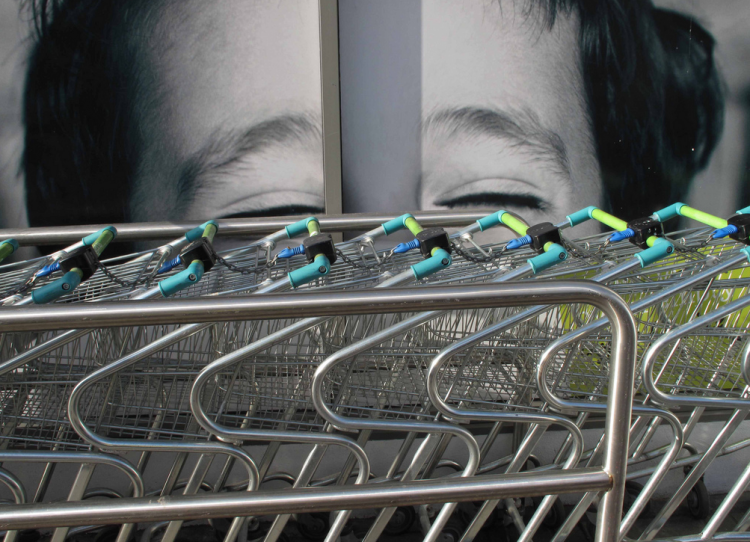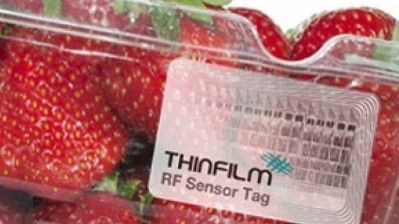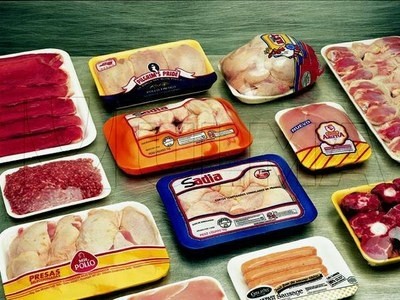Developing nations drive $139bn demand for food containers

Developing regions will drive the 4.5% rise in demand for containers, thanks to a rise of middle class consumers with disposable income. People are buying more prepared items, and more packaging is needed for chilled, processed food, instant ingredients and ready meals.
Freedonia’s February study, World Food Containers, says: “Rapid urbanization in many developing regions has created a new consumer class that seeks career and income growth and is willing to sacrifice time spent in meal preparation.
“This will spur a double-digit boost in food container demand in China and more than 6% demand growth in many areas of Asia Pacific, central and south America, and Africa and Mideast.”
Smaller-sized packages meet consumer needs
These countries are seeing the growth of large supermarkets which push convenience products. Consumers are buying less bulk packaged products and less unpackaged food.
“Smaller-sized packages of flour, grain, edible cooking oils, butter and margarine, shredded cheese, aseptic soups and stocks, and ready meals are meeting the needs of global consumers demanding a Westernized sense of convenience and time savings,” the report said.
“Bulk packaged rice and other grains, raw meat and produce, and unpackaged food purchased at neighborhood markets are declining in use.”
Global demand for food bags and pouches will continue to rise. Flexible and rigid plastic packaging will continue to grow, but will see ‘strong competition’ from paperboard containers.
Bags and pouches gain ground
These recyclable products will be a big growth area because more regulations and consumers are concerned with the environmental impact of packaging.
“The global growth in food bags and pouches will continue to be a driver for food packaging through to 2017, advancing more than 5% annually,” the report authors wrote.
“While rigid plastic containers will show sharp gains, paperboard containers will increase. Paperboard’s light weight and use of recyclable, natural materials will play a vital factor in growth.”
The report predicts premium packaging will be developed as the market in Europe moves out of recession.






